This Spectacular Meiji Period Silver Service Was Crafted By One Of Japan’S Most Renowned Silversmiths, Sanju Saku. The Set Includes A Teapot, Coffee Pot, Kettle On Lamp Stand, Creamer, Two-Handled Sugar Bowl And Cover, And Small Celery Vase. Purple Wisteria And Green And Yellow Foliage Festoon Each Of The Items, Adding Delightful Decorative Enamel Details To The Exquisitely Crafted Silver Vessels And Tray. The Superb Quality Of The Tea And Coffee Service, Marked With The Maker’S Hallmark Of A Turtle In A Triangle, Is A Reflection Of The Celebrated Yokahama-Based Silver Firm And The Larger Japanese Decorative Arts Movement Of The Meiji Period. Further, The Additional Hallmark Featuring Japanese Characters Is Called “Jungin” Which Means Pure Silver. Impressively, Japanese Silver Features The Highest Purity In The World, Often Nearly Reaching To The 1000/1000 Standard.
The Meiji Restoration From 1868-1912 Toppled The Long-Reigning Tokugawa Shoguns Of The Edo Period And Propelled Japan Into The Modern Era, Ending Feudalism, Establishing Trade And Exchange With The West, And Bringing The Nation Further Prominence On The International Stage.
During The Meiji Period, Japanese Artists Produced An Incredibly Diverse Range Of Superbly Crafted And Often Highly Decorated Lacquer Objects, Metalworks, Ceramics, Enamels And Other Decorative Items. Metal Arts Became Especially Prevalent During The Latter Half Of The 19Th Century After The Prohibition Of The Wearing Of Swords In 1876. Instead Of Fashioning Swords And Sword Fittings For The Aristocracy, Japanese Silver Artisans Were Encouraged To Produce Decorative Art, Resulting In The Production Of Remarkable Silver Works And The Growing Prestige Of Firms Like Sanju Saku. Unbound By The Demand For Traditional Items Like Swords, Japanese Decorative Arts Flourished Domestically And Internationally.
For The World’S Fair Of 1873 In Vienna, The Japanese Assembled A Large Collection Of High Quality Works That Quickly Enamored European Audiences. Soon, Art Of Meiji Japan Was Displayed At International Exhibitions, Galleries Of Influential Dealers And At Fashionable Stores In London, Paris And Vienna. This European Interest In All Things Japanese Precipitated A Burgeoning Art Nouveau Aesthetic In Europe Called Japonisme, A Franco-Centric Interpretation Of Japanese Art. European Artists Working In The Art Nouveau Style Borrowed Motifs From Japanese Woodblock Prints, Cloisonne And Lacquerware. At The Same Time, Japanese Artists Adapted Their Aesthetic Styles To Appeal To Their Growing European Clientele. As A Result, Beautiful Works Like This Elaborate Wisteria-Strewn Silver Service Showcase Distinctive Japanese Silverwork Crafted For The World’S Stage. A Stunning Example Of Japanese Decorative Arts In The Meiji Period, This Silver Service Dazzles With Its Superior Craftsmanship And Meticulous Embellishments.
Hallmarked Sanju Saku
Circa 1900
Tray: 16 5/8″ High X 27 5/8″ Wide X 2 1/4″ Deep
Main Teapot And Stand: 12” High X 8” Wide X 7 ½” Deep
Milk Jug: 4 ¼” High X 5 ½” Wide X 31/4 Deep
Long Pot: 8” High X 6 1/4 “ Wide X 4 ¾” Deep
Sugar Bowl: 4 ¼ High X 5 ¼ Wide X 4 ½ Deep
Short Teapot” 4 ¾ High X 8 ¾” Wide X 5 ¾” Deep
Cup: 3” High X 2 ¾” Wide X 2 ¾” Deep
Sale!
Antiques M.S. Rau | Meiji Japan Silver Tea And Coffee Service By Sanju Saku
$92.00

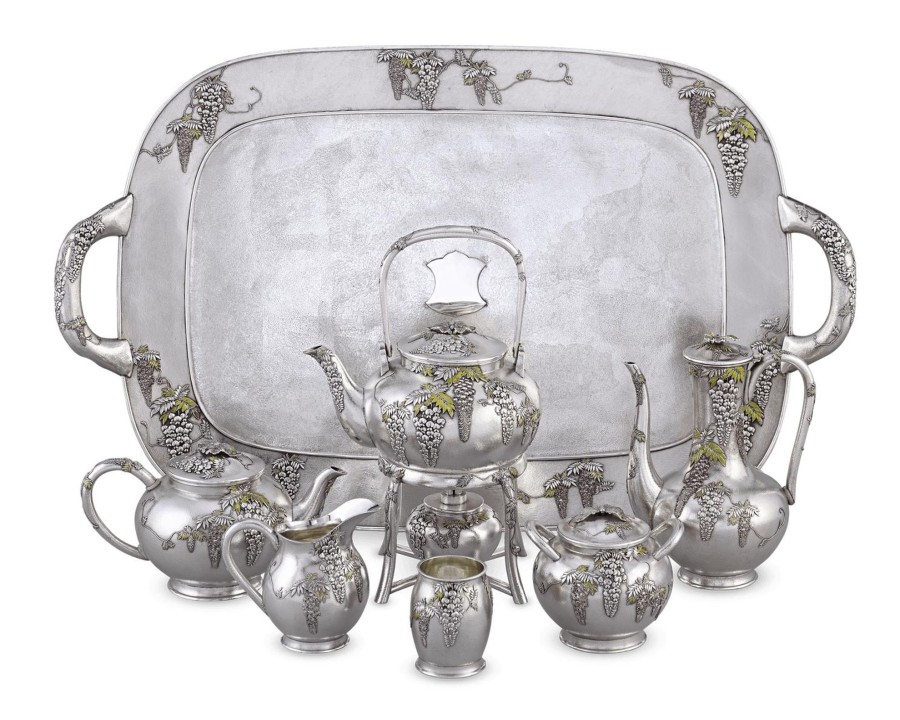
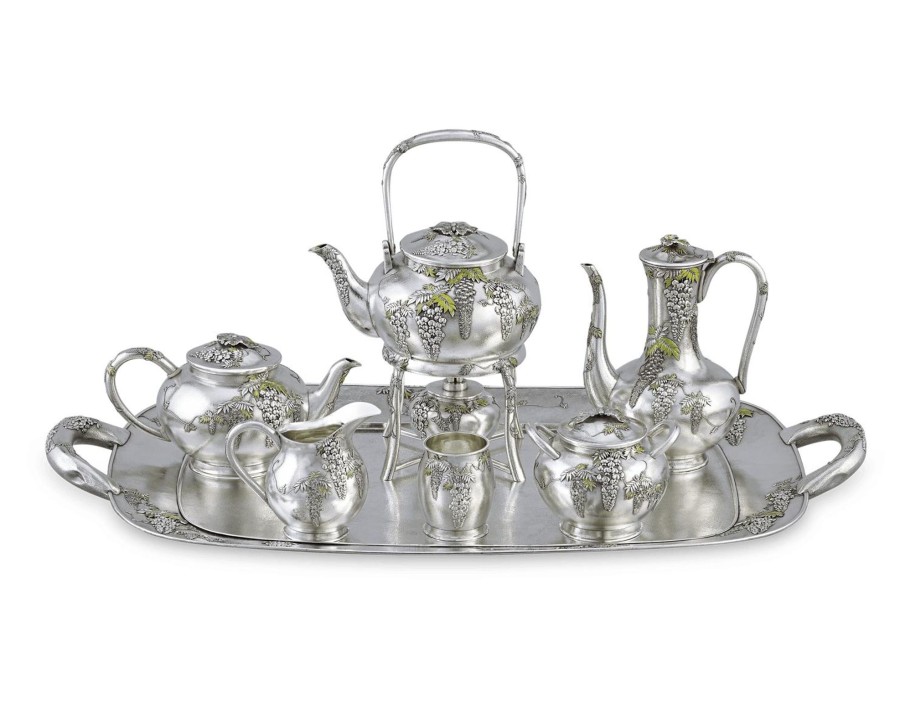
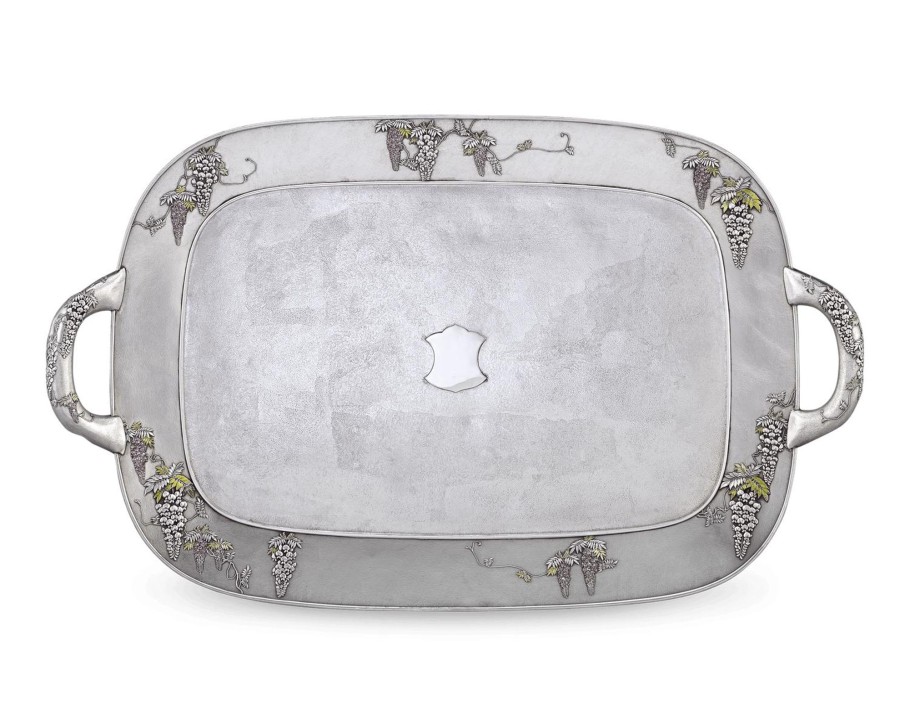
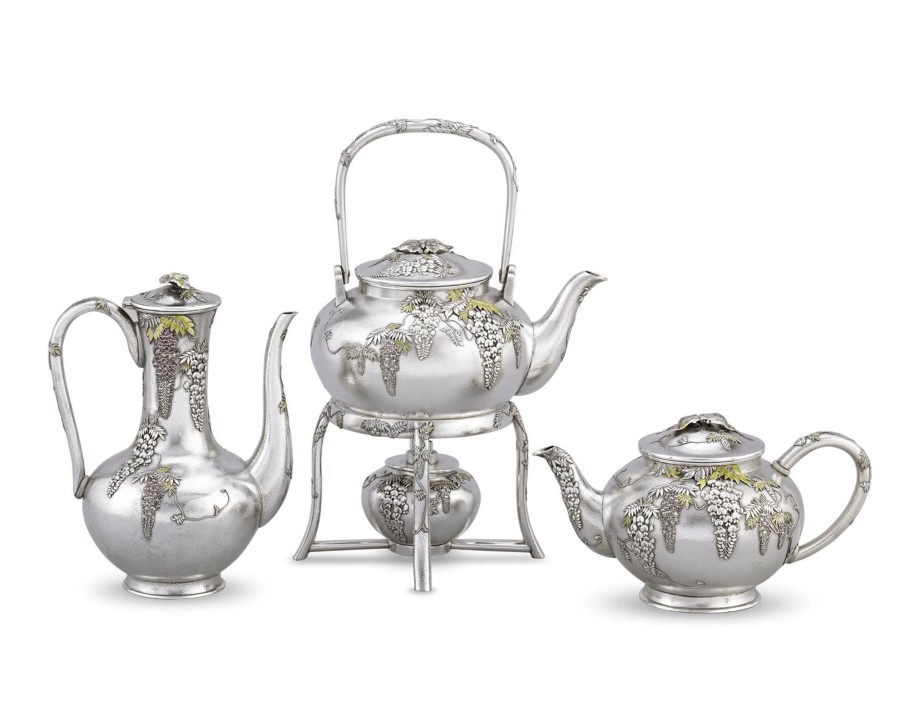


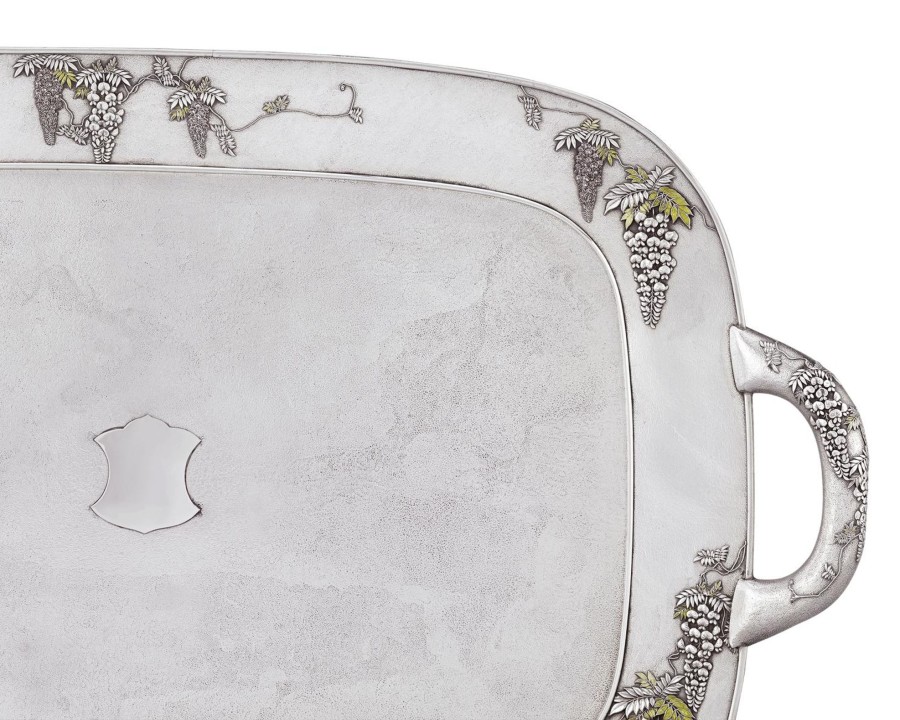
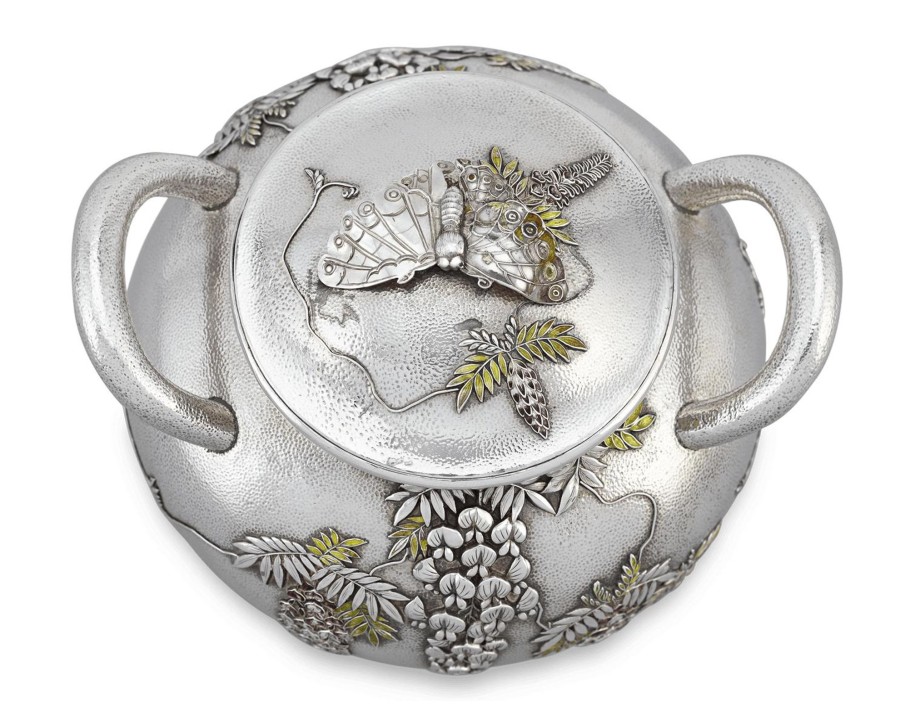
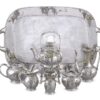

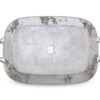
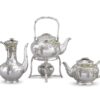
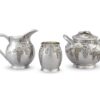
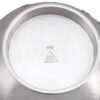
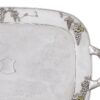
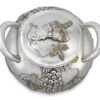
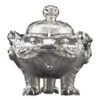


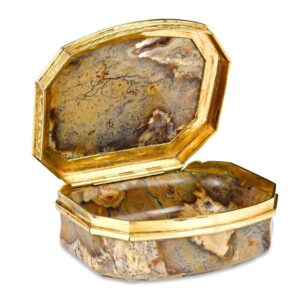

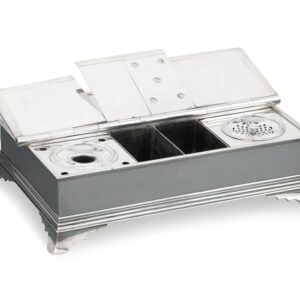


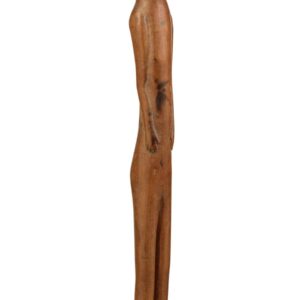
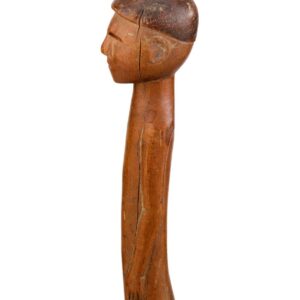
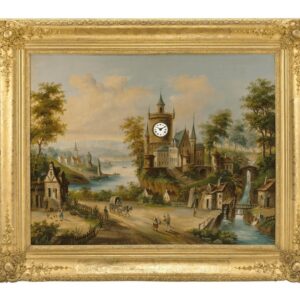
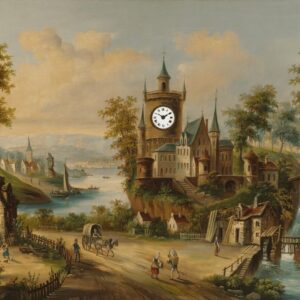
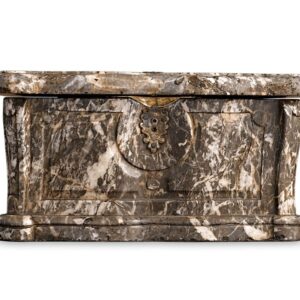
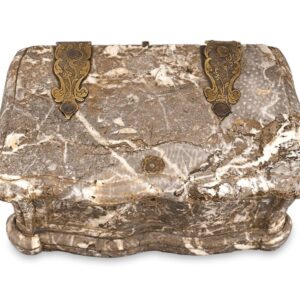
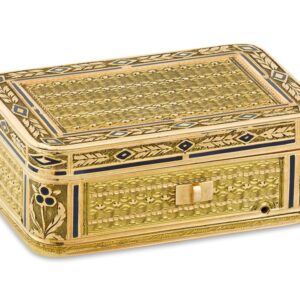
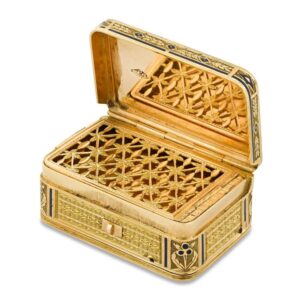


Reviews
There are no reviews yet.